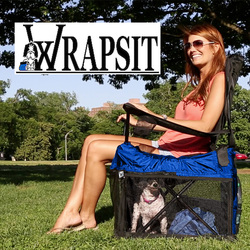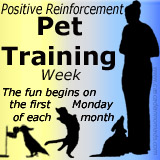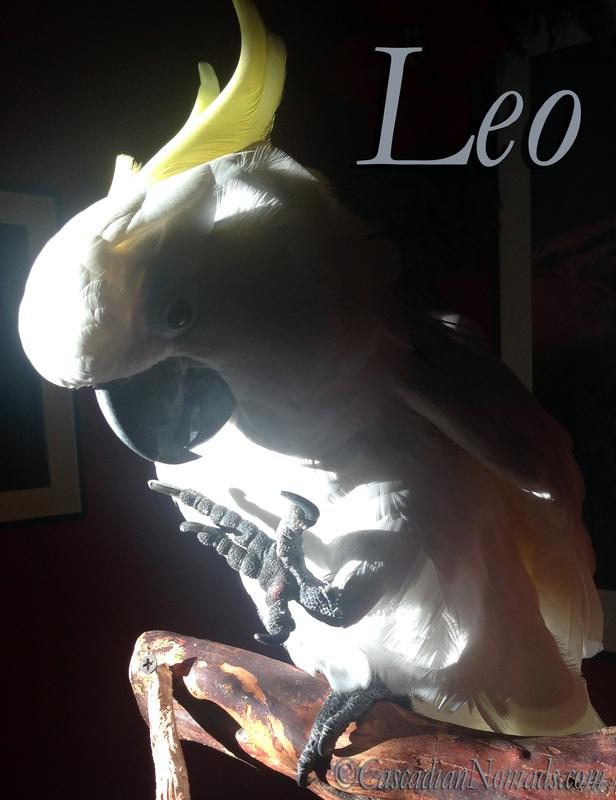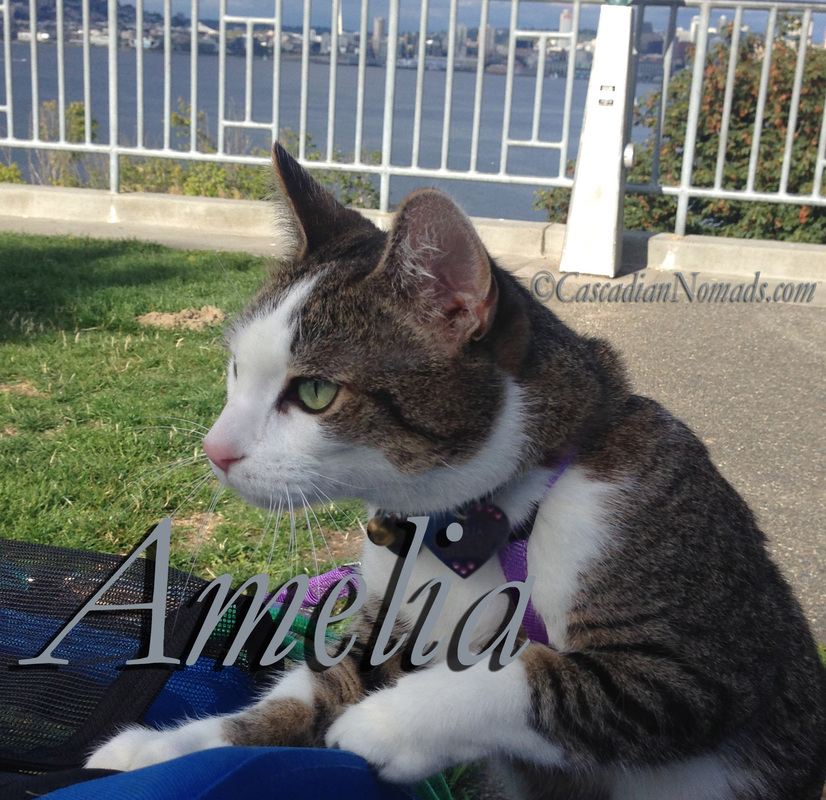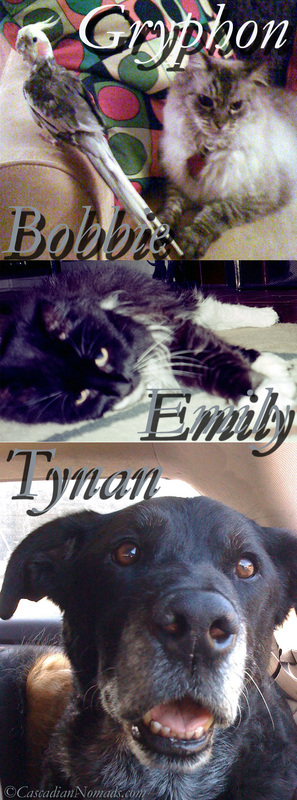The first time I put a leash on adventure cat Amelia, I did it on a whim. It was a lovely summer evening and the whole family, dogs, humans and cockatoo, were all enjoying time on the deck together while Amelia peered longingly through the glass on the deck door. I grabbed one of the dogs bungee leashes, attached it to her collar, and carried her outside. Well, Amelia did what she always used to do when outside, she froze. I stroked her and spoke to her softly and when she finally moved, it was back towards the door. Once the door was cracked, she bolted inside, surprising both of us with a suddenly tight leash. And cats don't like to feel a tight leash. Especially cats who have never been on a leash before. Amelia's reaction to that tight leash was a speed blur but in her upwards and sideways motion she ricocheted of a mirror on the wall and broke it. I am not sure if the superstitious seven years of bad luck is hers or mine. Fortunately, that moment that horrified both of us also taught us both about how to teach a cat to walk on a leash.
|
Shopping for a Cat Leash
Stretchy and Cat Proof Despite the whirling dervish at the end of a rubber band experience Amelia and I had when I foolishly threw her into leash-dom. a bungee leash is the best kind of cat leash. Like a lot of cats, Amelia enjoys chewing on anything elastic so it is important that her leashes be elastic covered in fabric or durable plastic covered rope. And since Amelia will still chew on them, I check her cat leashes frequently to make sure they are not in danger of breaking. I am not picky about what kind of clip her cat leash has as long as it is light (Amelia only weighs nine pounds) and secure. I made the mistake of using a cheap carabiner to attach a leash to Amelia's harness and it broke. Thankfully I was right next to her and it was not when she was trying to chase a squirrel up a hundred foot tall tree. I have seen cats walk on flexi leashes which, because of the way cats walk, is safer than when walking a dog, but I am still not a flexi fan. Bungee leashes offer the same distance and flexibility without the flexi leash risks. |
1) Know Thy Leash
Just like with training a cat to wear a harness, leash training begins with getting the cat used to just having the leash around. One of the reasons Amelia freaked out the first time I put a leash on her was that it smelled like dog. Sure, it is a dog she lives with and tolerates but still, dog. Placing the cats leash in harms way of playtime (pictured) is also a good way to make sure it is truly a cat proof leash. Having the leash and harness around at meal time helps the cat learn to associate those items with good things (like food and fun!)
Cats don't like tight leashes. This is important, so I'll repeat it; cats don't like tight leashes. But tight leashes are an inevitability. All it takes it get a cat to accept a tight leash is to work up to it gradually. Amelia is an absolute pro at knowing when she is reaching the end of her leash (literally and figuratively, but lets stick with the literal.) But it wasn't always that way, as the lack of an antique mirror in the back room of our house proves. To get Amelia trained to know what it meant when she felt the leash begin to tighten, we worked very slowly, in very controlled environments. Basically, I did not allow the leash to get tight while Amelia practiced wearing her harness and leash in a small room of the house. We moved up to larger rooms and finally the hallway but I followed closely and carefully, keeping the leash consistently loose. Once Amelia was comfortable and confident on her loose leash, it was time for her to gradually feel it tighten. The goal was for her to freeze or even turn around when feeling the leash tighten as opposed to going into frightened fleeing mode. There was a little trial and error here because I had to get used to what she could feel. So there were a few times she freaked out, which is why we were in a safe room, with all hazards out of bungee leash length. I immediately soothed her and treated her after a panic, and stopped the leash training once she was calm. Finally, both she and I got a rhythm on me allowing the leash to tighten slightly, and her slowing down or pausing when it did. Once we were good at this routine, I finally attempted a complete stop and did not loosen the leash immediately after it tightened. And the was no panic! So with patience and consistency. Amelia learned about a tight leash even though cats don't like tight leashes.
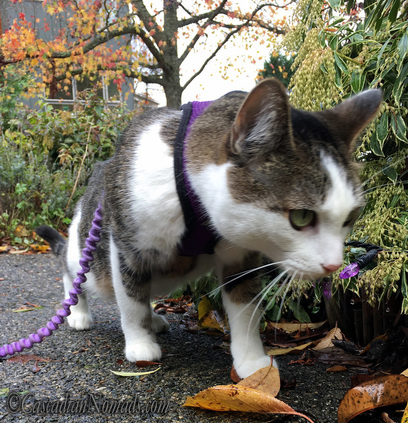 Amelia on a walk.
Amelia on a walk.
Do not attempt to go for a leashed cat walk outside until both walker and cat are confident with a tight leash. I am physically capable of running if needed to help Amelia enjoy her outdoor time on a loose leash but she is fast! And every time that leash gets close to being tight, I flash back to broken mirror day. But after broken mirror day, I took my time to properly teach Amelia to love her harness and accept her leash. The slow and steady pace I used to teach Amelia how to safely walk on her leash has meant that she has even tightened her own leash, by wrapping it around a tree or pole, and sat patiently waiting for me to fix the tension. This is the trust consistent, gradual leash training has instilled. I am very proud of Amelia's trust in me and her leash as well as the patience I gained in training her. After all, cat walks are awfully sluggish at times as well!
IMPORTANT TRAINING TIP: Never let a leashed cat walk out the door; always carry a cat outside. This will prevent any bad running out the door habits from forming. I always let Amelia walk inside on her own, though, as that is exactly what I want her to know how to do, leashed or not.
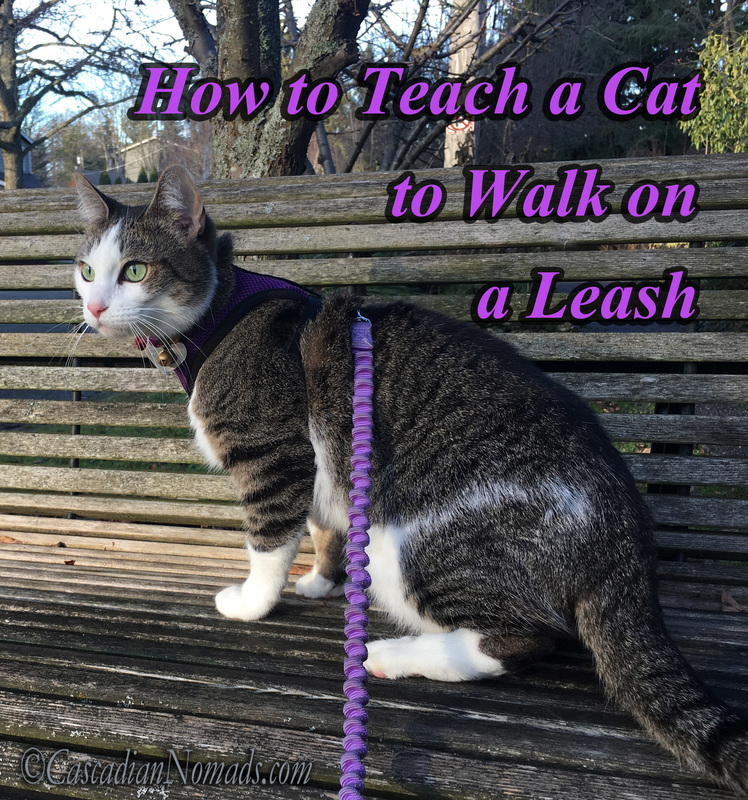
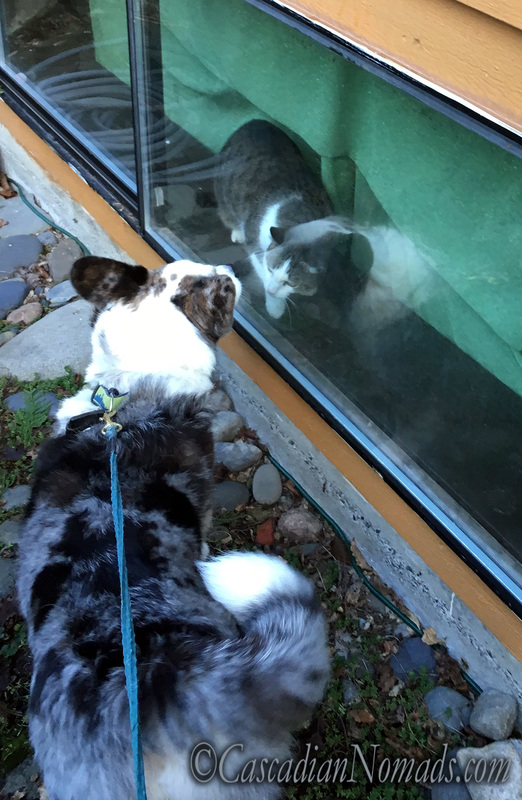
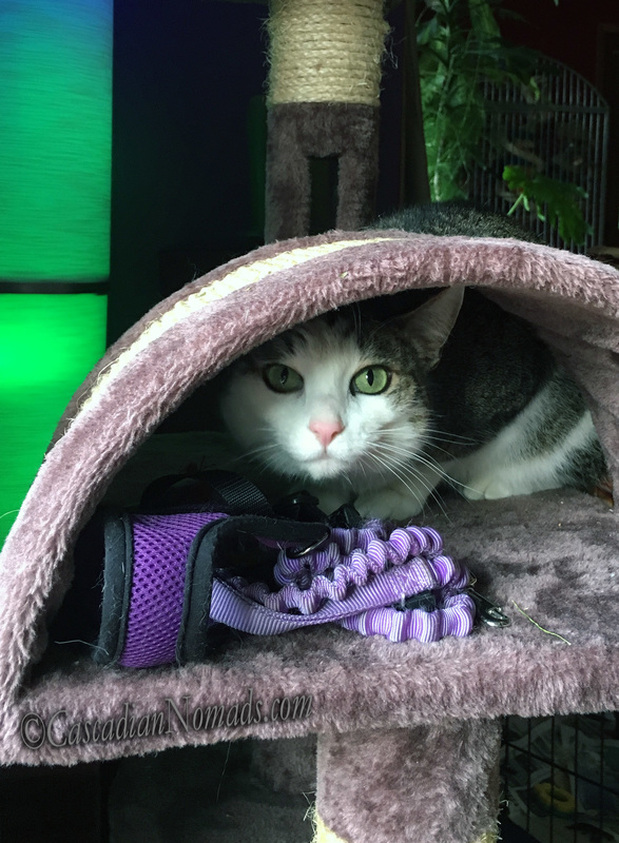
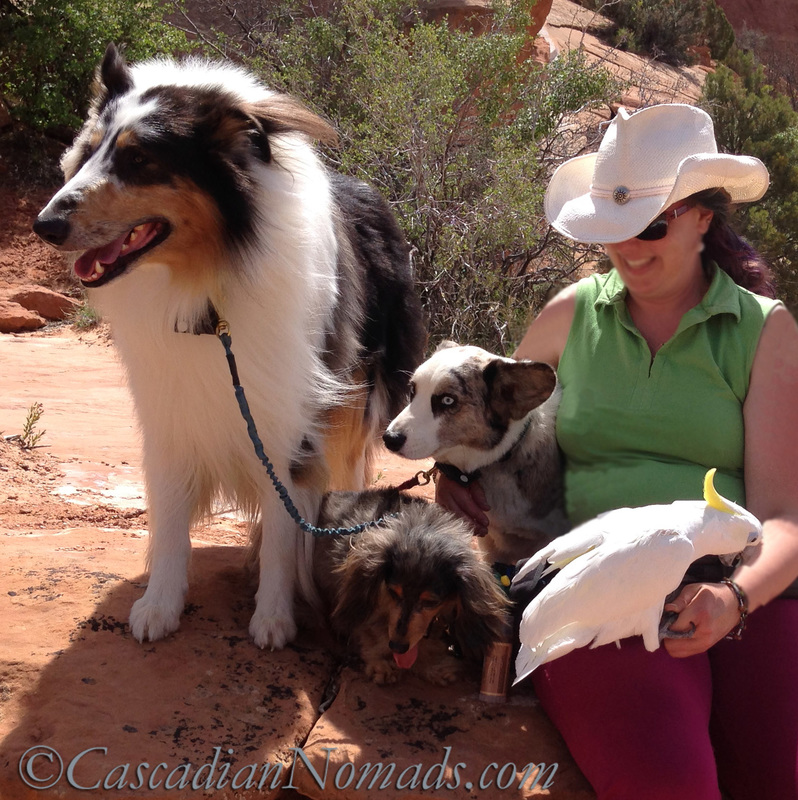
 Follow on Instagram
Follow on Instagram


